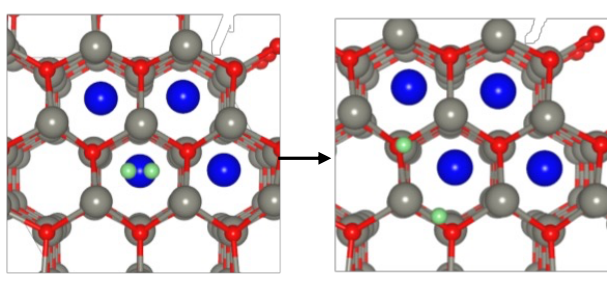Abstract
In this work, we present a Pt decorated ZnO thin film-based gas sensor for hydrogen detection, fabricated using a sputtering technique and an in-situ Pt decoration approach. Our design yields a stable, highly sensitive, and repeatable response to hydrogen gas. Our sensor demonstrates optimal performance at an operating temperature of 225 °C, with rapid response and recovery times (~10 sec and 3 sec), high selectivity, and long-term stability. Specifically, we deposit a ZnO thin film on an interdigitated electrode (IDE) substrate, with Pt nanoclusters added to the (002) polar plane by brief sputtering (1 to 6 sec) to create an active sensing interface. We find the Pt decorated ZnO sensor, with a Pt deposition time of 2 sec, to exhibit an enhanced response (~52,987%) to 1% hydrogen concentration, indicating its suitability for industrial and environmental monitoring applications. Additionally, our device demonstrates reliable detection of low hydrogen concentrations (~100 ppb), with a response of ~38% and no response drift over one year of testing, underscoring the long-term stability of the sensor. To elucidate the role of Pt deposition and pristine ZnO in hydrogen sensing, we performed density functional theory calculations, analysing adsorption and reaction energetics involving adsorbed H2, O2, O, OH, and H2O, and lattice oxygen atoms on the ZnO (002) surface with and without Pt decoration. Our computational data is in agreement with our experimental observations, identifying the oxygen-exposed (002) surface to be most active for hydrogen sensing in both pristine and Pt decorated ZnO. Further, our computations highlight the role of Pt in enhancing hydrogen sensitivity via i) activating an autoreduction pathway of adsorbed hydroxide species, ii) spontaneous dissociation of adsorbed molecular hydrogen, and iii) keeping the lattice oxygen pathway of forming water active. Our systematic approach of designing sensors combining a robust experimental setup with theoretical insights, are key in developing efficient hydrogen gas sensors, as well as in understanding the mechanisms behind such superior performance.
